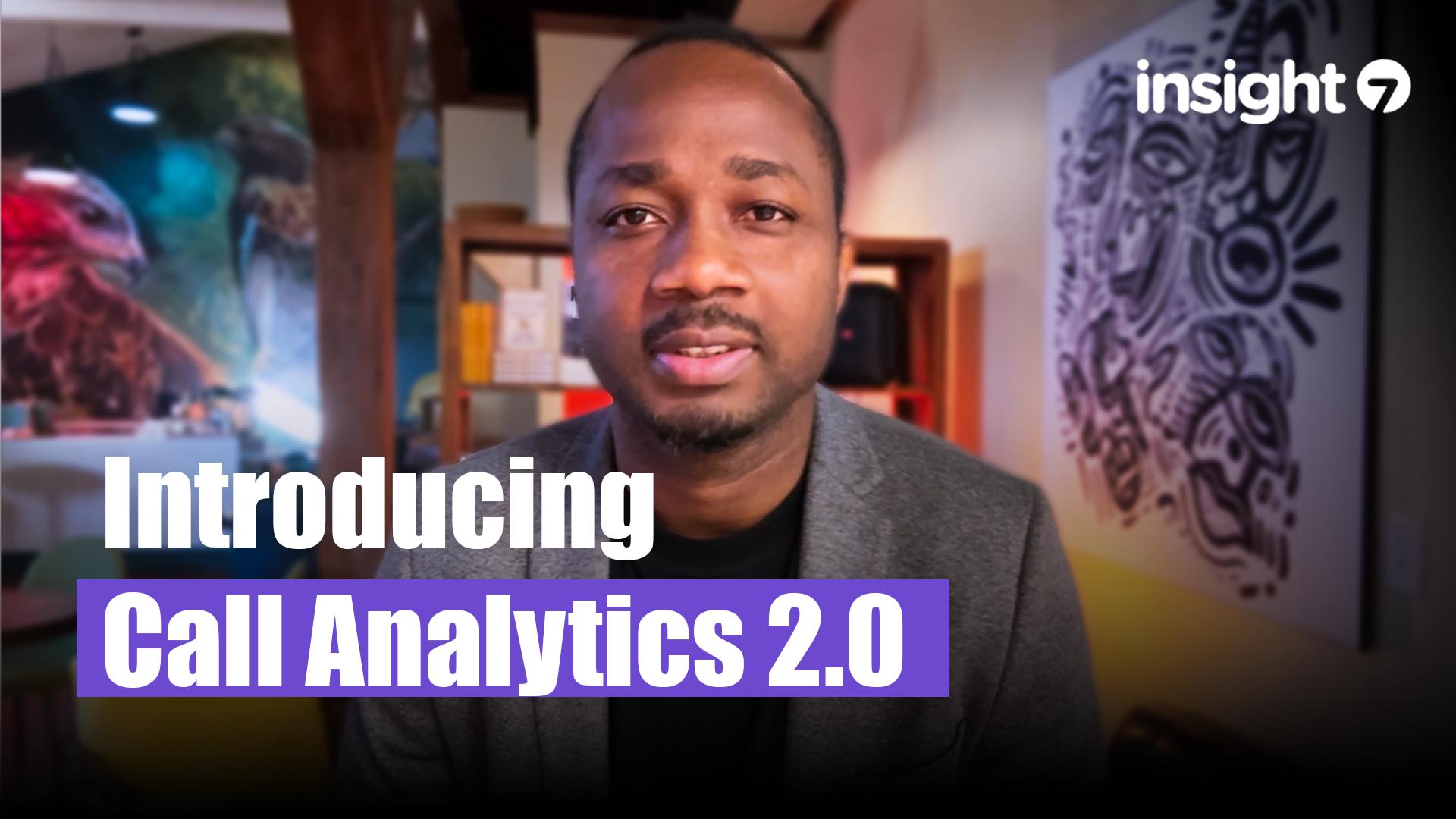How Inductive Organization Improves Qualitative Data Analysis
-
Bella Williams
- 10 min read
Inductive insights enhancement is pivotal in enriching qualitative data analysis. In a world overflowing with information, the ability to draw meaningful insights from qualitative data can transform decision-making processes. By organizing data inductively, analysts empower themselves to uncover hidden themes and patterns that might otherwise remain obscure. This approach facilitates a nuanced understanding of participant feedback, encouraging a more tailored response to their needs.
Moreover, the iterative nature of inductive analysis fosters an environment where ongoing inquiry leads to sustained insights. As themes emerge and evolve, analysts can continuously adapt their focus, ensuring they remain aligned with the realities shared by participants. This adaptability not only enhances the reliability of insights gathered but also strengthens the overall research process, making it more robust and relevant to real-world applications.
Inductive Insights Enhancement: The Core of Qualitative Research
Inductive Insights Enhancement fundamentally transforms qualitative research by focusing on understanding and interpreting data through inductive reasoning. This process allows researchers to derive patterns and concepts directly from the data, fostering a rich exploration of participant experiences. As insights emerge organically, researchers can uncover themes, pain points, and desires that may not be immediately apparent.
By employing a structured approach to data organization, researchers can analyze multiple sources of qualitative data simultaneously. This arrangement not only streamlines the analysis process but also enhances the depth of insights gained. As the team conducts interviews and reviews transcripts, the inductive method enables them to actively identify key narratives and evidence supporting their findings. Ultimately, integrating Inductive Insights Enhancement into qualitative research provides a more comprehensive understanding that can drive meaningful action and informed decision-making.
Understanding Inductive Organization
Inductive organization focuses on deriving patterns and themes from qualitative data, allowing researchers to construct meaningful insights. This approach helps researchers move from specific observations to broader conclusions while enhancing the analysis. By adopting inductive insights enhancement, data analysts can develop a more profound understanding of the rich narratives within the information gathered, such as customer feedback or interview transcripts.
Through inductive organization, analysts can identify recurring themes, uncover pain points, and capture the unique needs of their audience. This method also encourages a more comprehensive analysis by promoting data engagement from multiple sources. As a result, organizations can make informed decisions that reflect the real experiences of their customers, turning insights into actionable strategies. Understanding this approach is essential for effective qualitative data analysis and ultimately fosters a deeper connection between businesses and their clients.
Benefits of Inductive Approaches in Data Analysis
Inductive Insights Enhancement emphasizes the ability to uncover patterns and themes within qualitative data, offering several unique advantages. One key benefit is its capacity to facilitate a deeper understanding of user experiences by allowing researchers to derive conclusions directly from the data itself. This approach contrasts with deductive methods, which often impose preconceived notions onto data analysis. As a result, inductive analysis can lead to richer, more nuanced insights.
Another compelling advantage is its flexibility. Inductive approaches encourage researchers to adapt their inquiries based on initial findings, allowing them to explore unexpected dimensions and variations in the data. This iterative process not only enhances the reliability of the conclusions drawn but also fosters creativity in analysis. By focusing on the emergent themes within qualitative data, inductive methods can help organizations gain actionable insights that are directly relevant to user needs and preferences, ultimately driving better decision-making and innovation in strategies.
Unveiling Inductive Insights Enhancement through Practical Application
Uncovering inductive insights enhancement through practical application offers a multifaceted approach to qualitative data analysis. When organizations conduct regular customer interviews, the rich information they gather transforms into actionable insights. This process allows teams to identify pain points and desires which can be effectively categorized and analyzed. By aligning data with themes, the analysis becomes more structured, revealing deeper understandings of customer needs.
Moreover, as data is organized within projects, it becomes easier to analyze large volumes of calls collectively. This method not only improves efficiency but also ensures that insights are drawn from a broad spectrum of evidence, enhancing the reliability of findings. By continuously interacting with the data, teams can respond dynamically to emerging questions, fostering a culture of evidence-based decision-making. Ultimately, this robust approach benefits organizations by providing clearer visibility into customer experiences and enhancing overall strategy development.
Implementing Inductive Methods in Data Analysis
To implement inductive methods effectively in data analysis, begin by collecting qualitative data and organizing it meaningfully. This process allows researchers to identify patterns and themes that emerge from the data, facilitating a deeper understanding of the subject. By focusing on repeated concepts, analysts can generate inductive insights enhancement, which subsequently guides strategic decision-making based on real insights rather than preconceived notions.
Next, coding the data can streamline the identification of critical themes and insights. This approach often involves systematic categorization of information, where themes and sub-themes are derived from the content itself. Through this method, analysts can foster a continuous feedback loop that refines their understanding. Ultimately, this iterative process enables practitioners to uncover new insights that can significantly enhance the quality and relevance of qualitative data analysis. By prioritizing data-driven conclusions, teams can build strategies that resonate with their audience and react to emerging trends effectively.
Real-World Examples of Inductive Organization
Inductive organization allows teams to derive meaningful insights from qualitative data by identifying patterns and themes across diverse datasets. One real-world application of this approach can be observed in a scenario where teams conduct multiple customer interviews. Each interview is analyzed using inductive techniques to extract common pain points and desires, ultimately leading to a data-rich insight card system. This method serves as a foundation for enhanced decision-making, fostering a deeper understanding of customer behavior.
Another example lies in the analysis of extensive call recordings. By organizing these calls inductively, teams can group similar themes and inquiries to spot trends over time. The ability to generate summaries and keyword insights from numerous calls enables researchers to answer specific questions quickly. This process of inductive insights enhancement not only streamlines data analysis but also equips teams with actionable information to address customer needs effectively.
Conclusion: Inductive Insights Enhancement as a Catalyst for Improved Analysis
Inductive Insights Enhancement serves as a powerful catalyst for improving qualitative data analysis. By systematically organizing qualitative information, researchers can uncover deeper themes and patterns often overlooked in traditional analysis methods. This process democratizes data interpretation, allowing diverse team members to ask questions and draw insights from the organized information.
Moreover, having a structured approach amplifies the quality of insights gained from customer interactions. As insights become more accessible, they facilitate collaborative discussions that lead to actionable strategies and informed decision-making. Ultimately, adopting inductive insights not only enriches analysis but significantly enhances the overall understanding of complex qualitative data.







